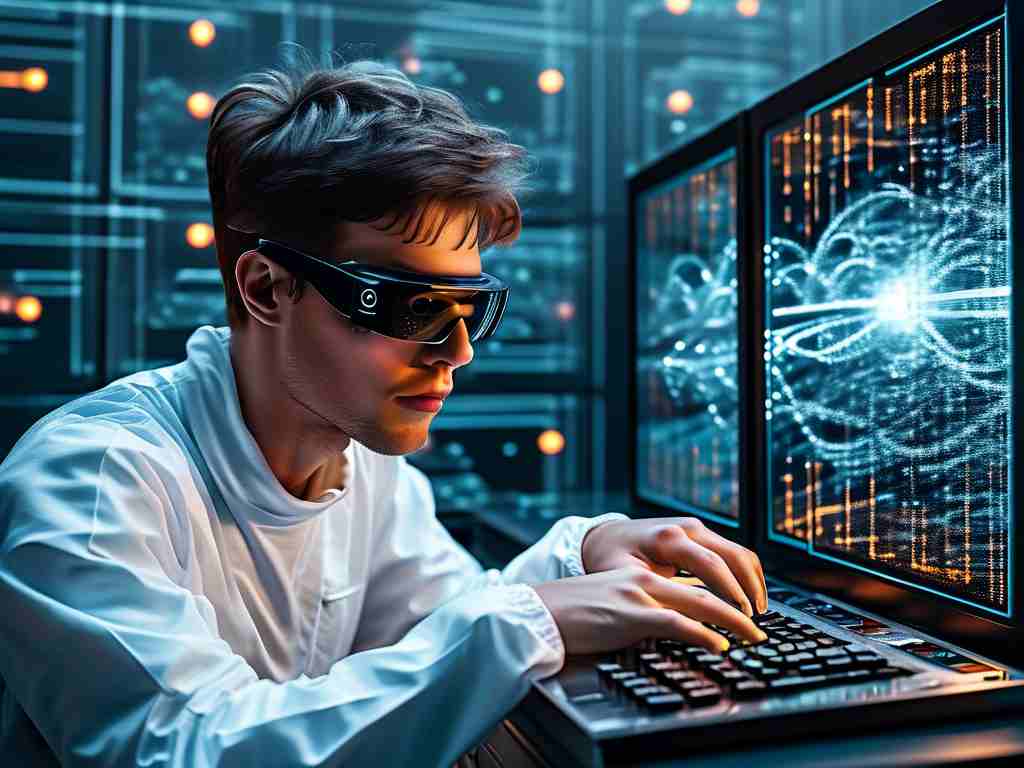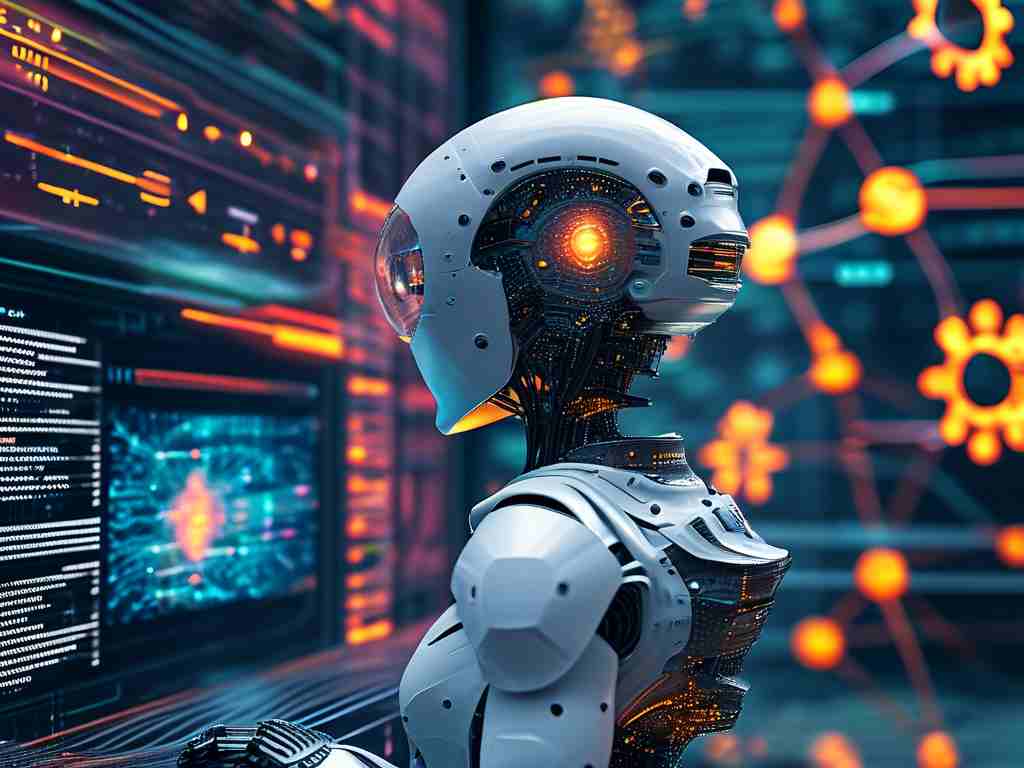The intersection of information technology (IT) and quantum mechanics represents one of the most transformative frontiers in modern science. While traditional IT relies on classical computing principles, quantum mechanics introduces a paradigm shift by leveraging the peculiar behaviors of subatomic particles. For students and professionals exploring this convergence, the journey begins with understanding foundational concepts in both fields and their synergistic potential.

Foundations of IT and Quantum Mechanics
Information technology is built on classical computing architectures that process data using binary bits (0s and 1s). This framework underpins everything from software development to network security. Quantum mechanics, however, operates on principles like superposition and entanglement, enabling quantum bits (qubits) to exist in multiple states simultaneously. Mastering IT fundamentals—programming, algorithms, and system design—provides the scaffolding for grasping how quantum systems can enhance computational power, optimize encryption, or simulate complex molecules.
Quantum Computing: A Pillar of Modern IT
Quantum computing is often hailed as the next leap in IT. Unlike classical computers, quantum machines solve problems exponentially faster by exploiting quantum parallelism. For instance, Shor’s algorithm could factor large numbers in minutes, threatening current encryption methods. Conversely, quantum-resistant cryptography is emerging as a critical IT specialization. Learning quantum programming languages like Q# or Cirq equips IT professionals to develop applications for industries ranging from pharmaceuticals to finance.
Quantum Communication and Cybersecurity
Quantum mechanics also revolutionizes data transmission. Quantum key distribution (QKD) uses photon polarization to create unhackable communication channels. IT experts versed in quantum principles can design networks immune to eavesdropping, addressing vulnerabilities in classical systems. This synergy demands knowledge of photonics, error correction protocols, and hybrid systems that integrate classical and quantum infrastructure.
Challenges and Skill Development
Bridging IT and quantum mechanics requires overcoming significant hurdles. Quantum systems are error-prone due to decoherence, demanding expertise in error mitigation techniques. Additionally, quantum hardware operates at near-absolute zero temperatures, posing engineering challenges. Aspiring learners should focus on:
- Linear algebra and probability theory (for quantum algorithms)
- Python or C++ (for hybrid programming)
- Cloud platforms like IBM Quantum Experience (for hands-on experimentation)
The Road Ahead
The fusion of IT and quantum mechanics is still in its infancy, but its implications are profound. Universities now offer interdisciplinary programs blending computer science and quantum physics. Corporations like Google and Microsoft invest heavily in quantum research, signaling a demand for skilled professionals. By mastering both domains, individuals can pioneer advancements in AI optimization, material science, and secure communication—ushering in an era where quantum-powered IT reshapes global technology landscapes.
In summary, studying information technology alongside quantum mechanics opens doors to groundbreaking innovations. It demands a dual focus: honing classical IT skills while embracing the counterintuitive logic of the quantum world. As these fields evolve, their integration will redefine what’s computationally possible, making this interdisciplinary knowledge indispensable for future tech leaders.









